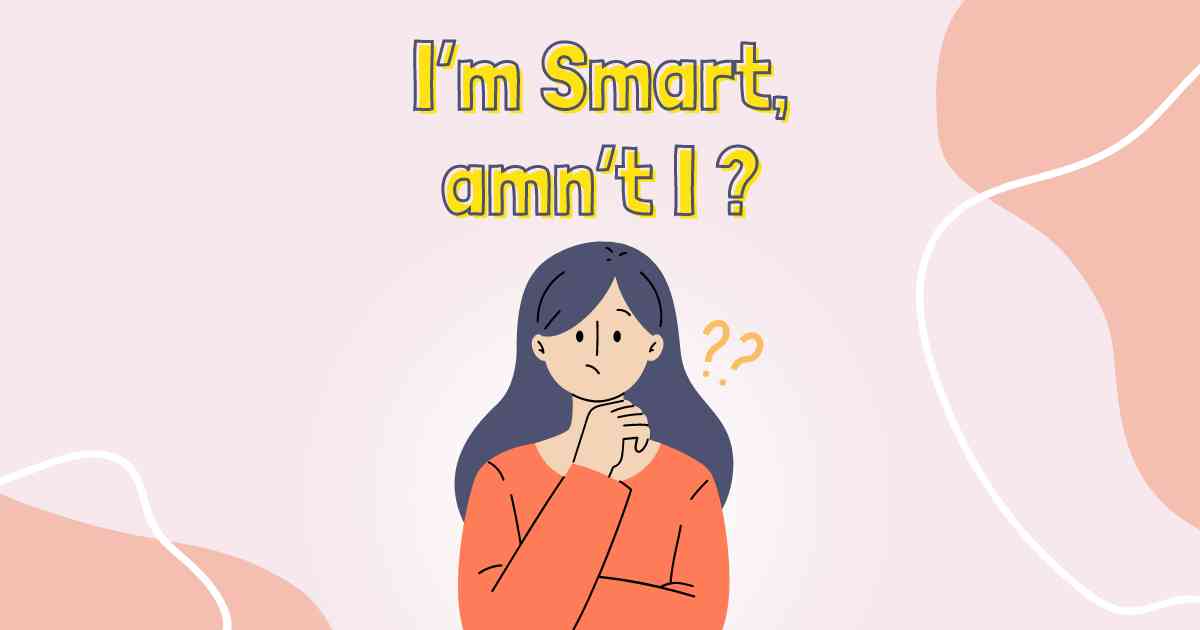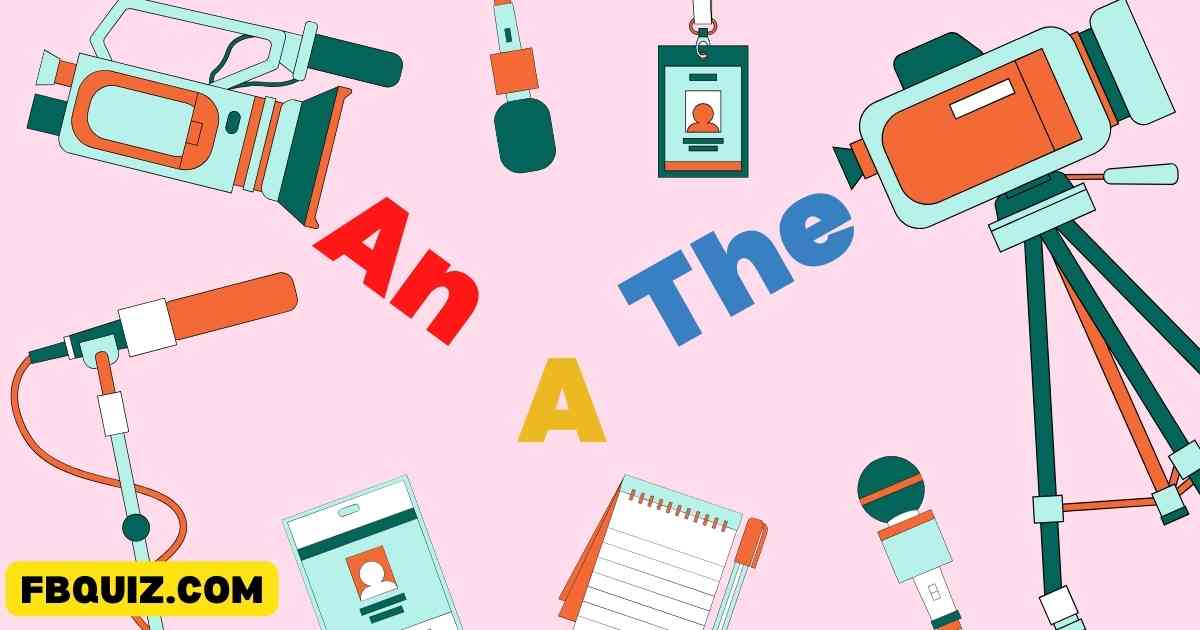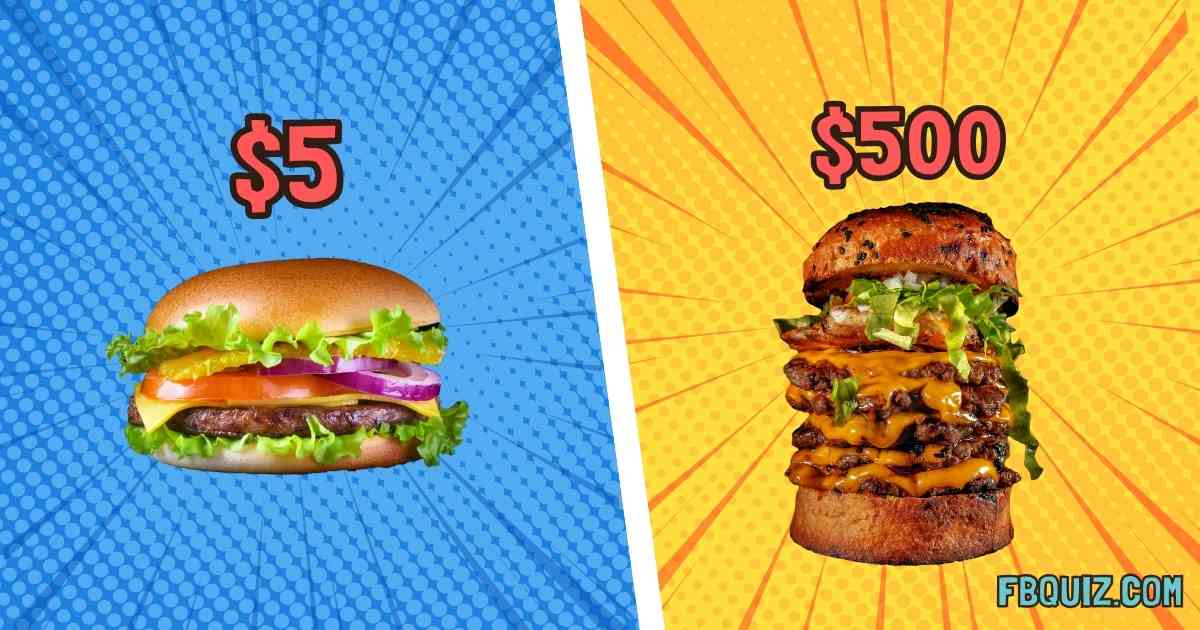Prepositions are small but mighty words in English. They show the relationship between other words in a sentence, often indicating direction, place, time, or method.
Think of them as the glue that connects different parts of your sentence and helps make your meaning clear.
| Pos. | Name | Points |
|---|---|---|
| 1 | samer | 100 |
What Are Prepositions?
Prepositions are words like in, on, at, to, for, with, about, under, over, and many more. They usually come before a noun (or a pronoun) and link it to another part of the sentence.
Types of Prepositions
There are several types of prepositions, each serving a specific purpose:
1. Prepositions of Place: show where something is
Examples: in, on, at, under, over, between, behind, in front of.
Usage:
“The book is on the table.”
“She is at the park.”
“The cat is under the chair.”
| Pos. | Name | Points |
|---|---|---|
| There is no data yet |
2. Prepositions of Time: indicate when something happens
Examples: at, on, in, before, after, during, until.
Usage:
“The meeting is at 3 PM.”
“I was born on July 4th.”
“We will go on vacation in December.”
| Pos. | Name | Points |
|---|---|---|
| There is no data yet |
3. Prepositions of Direction/Movement: show where something is going
Examples: to, from, into, out of, onto, off, through, across.
Usage:
“She walked to the store.”
“He jumped into the pool.”
“They traveled through the forest.”
| Pos. | Name | Points |
|---|---|---|
| There is no data yet |
4. Prepositions of Agent/Instrument: indicate who did something or what was used
Examples: by, with.
Usage:
“The song was written by her.”
“He cut the paper with scissors.”
| Pos. | Name | Points |
|---|---|---|
| There is no data yet |
How to Use Prepositions
Before Nouns/Pronouns
Prepositions typically come before a noun or pronoun.
Example: “She sat beside him.”
Prepositional Phrases
These phrases start with a preposition and include its object.
Example: “The keys are on the kitchen counter.”
Common Prepositional Mistakes
Choosing the Wrong Preposition
Different languages use prepositions differently, so be careful!
Incorrect: “I’m good in math.”
Correct: “I’m good at math.”
Unnecessary Prepositions
Sometimes, prepositions are used when they aren’t needed.
Incorrect: “Where are you at?”
Correct: “Where are you?”
Useful Tips for Using Prepositions
Learn in Context
Pay attention to how prepositions are used in sentences.
Example: “The book is on the table.” (Here, “on” shows the book’s position relative to the table.)
Practice with Common Expressions
Many prepositions are used in fixed phrases.
Examples: “at night,” “in the morning,” “on time,” “by accident.”
Use Visuals
Sometimes, it helps to visualize what the preposition is describing.
Example: Imagine a cat sitting “on” a box, “under” a box, “next to” a box, etc.
Pay Attention to Specific Rules
Some prepositions follow specific rules, especially with time and place.
Example: Use “at” for precise times (at 5 PM), “on” for days and dates (on Monday), and “in” for longer periods (in January, in 2023).
Practice Makes Perfect
The more you use prepositions, the more natural they will feel. Try creating your own sentences, paying special attention to the prepositions. Here are a few prompts:
Place: Describe where things are in your room.
“The lamp is on the desk.”
Time: Talk about your daily routine.
“I wake up at 7 AM.”
Direction: Explain how to get to a nearby place.
“Walk through the park to the store.”
Agent/Instrument: Describe how you do tasks.
“I wrote the letter with a pen.”
Conclusion
Prepositions might seem small, but they play a big role in making your sentences clear and precise. By understanding and practicing their use, you’ll improve your English fluency and confidence.
Please feel free to fill the comment form below if you have any questions or need more examples. We’ll be more than happy to assist you.


